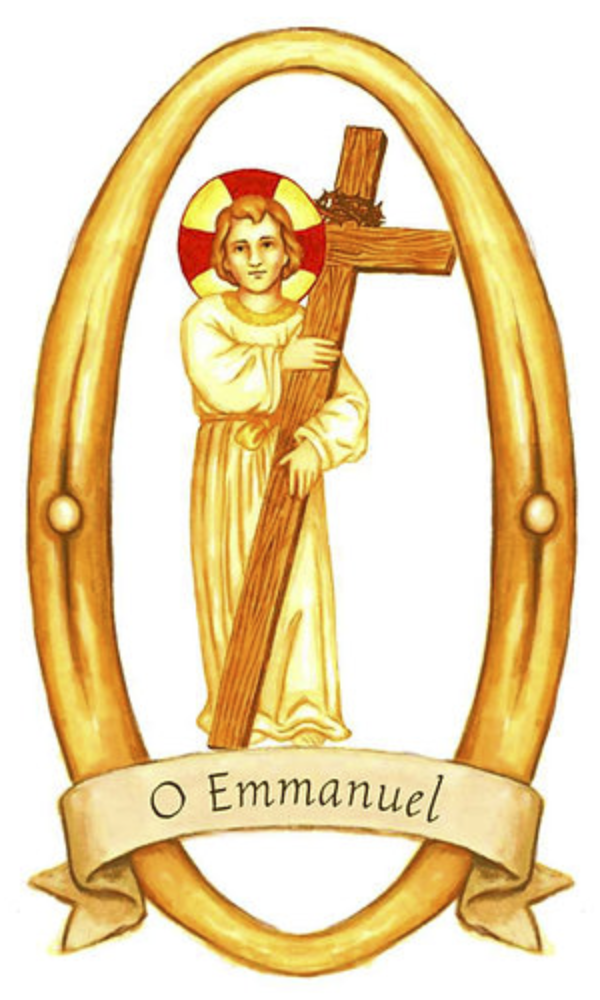 “On the seventh day of Christmas, my true love gave to me, seven swans a-swimming ...”
“On the seventh day of Christmas, my true love gave to me, seven swans a-swimming ...”Inspired by their very expensive swan cousins, the Six-Geese-a-Laying have been on a growth run in recent years. Since 2018 they’ve grown in total price by almost $500 (to $780.00, an increase from last year of 8.3%).
+ + +
Allowing for corruptions evolving the text as described earlier, the "seven swans a-swimming" completes the first seven days being represented by birds, in honor of the seven sacraments. The song is just more than half over, and we can already see that someone obviously put a great deal of thought into it.
What do birds and sacraments have in common? We may never know, but we already know this much ...
 For the current year, this day of Christmastide is the Sunday Within the Octave of Christmas, but by virtue of the date itself, it is also the Feast of Saint Sylvester, who was Pope from 31 January, 314, until his death on this day in 335. He was the first bishop of Rome to refer to himself as "Pope," or more specifically, "Father (Papa)." His reign would have occurred during that of Emperor Constantine, as well as the First Council of Nicea in 325, which composed the Nicene Creed proclaimed at Mass on Sunday. (Sylvester did not attend this council, but sent a delegation.) He is also one of the ten longest-reigning popes in history.
For the current year, this day of Christmastide is the Sunday Within the Octave of Christmas, but by virtue of the date itself, it is also the Feast of Saint Sylvester, who was Pope from 31 January, 314, until his death on this day in 335. He was the first bishop of Rome to refer to himself as "Pope," or more specifically, "Father (Papa)." His reign would have occurred during that of Emperor Constantine, as well as the First Council of Nicea in 325, which composed the Nicene Creed proclaimed at Mass on Sunday. (Sylvester did not attend this council, but sent a delegation.) He is also one of the ten longest-reigning popes in history.In present-day Germany, this day of New Year's Eve is known as "Silvester." Beverly Stevens of Regina Magazine tells us: "Okay, this is TRADITIONAL in Germany to play this clip on 'Sylvester' -- that is, New Year's Eve." The English comedian Freddie Frinton (1909-1968) is a butler in his famous "Dinner for One" scene, from the 1948 British short comedy "Trouble in the Air." Other countries know the day better by the saints name as well (such as "la Saint-Sylvestre" in France).
As for the year of our Lord, two thousand and twenty-three, the clock is running out. May it please the Almighty that the year to come may be a blessed one for all.
Brace yourselves.
See all twelve days in progress at the "xmas12days2023-2024" label.


























